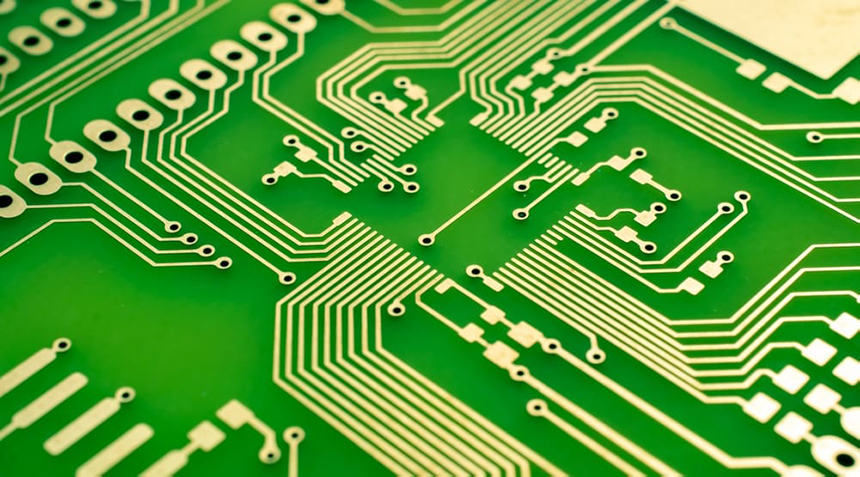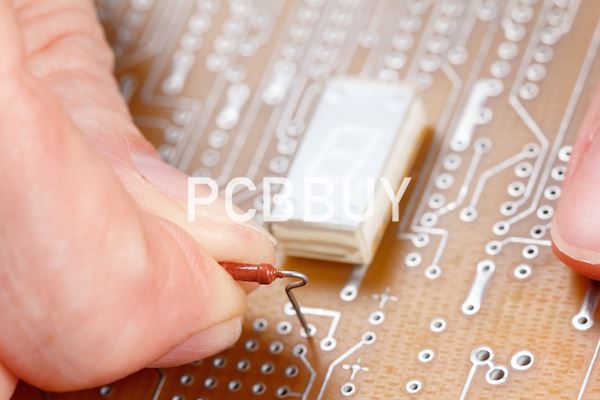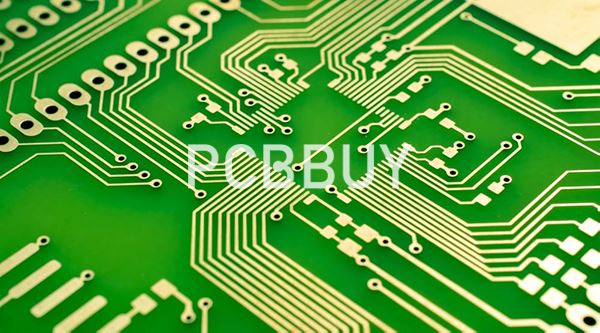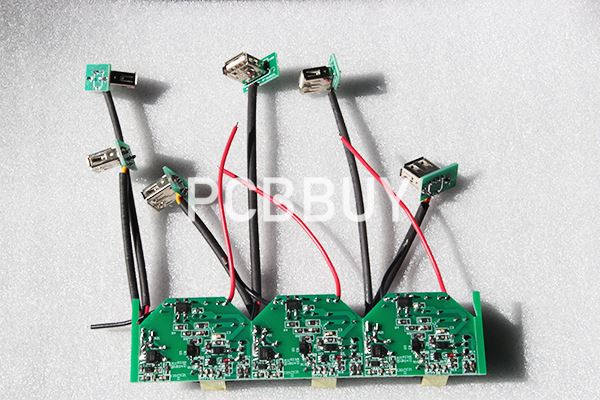What is Vapor Phase Reflow during PCB Manufacturing Process?
By:PCBBUY 10/27/2021 09:24

The vapor layer transfers heat to the PCB and associated components as the assembly sits within it. The heat transfer rate is high, achieves good wetting, and requires much less power input. The process produces very little temperature difference between components of different thermal mass on the PCB. This makes the process very suitable for densely populated PCBs.
If you are going to learn the vapor phase reflow during PCB manufacturing process, please check and read the content below for more professional knowledge.

What is the structure of vapor phase reflow?
The base liquid layer refers to the chemical that provides the vapor you need for soldering. Without the smoke, the soldering can’t occur. When choosing the ideal base liquid, designers and assemblers use a variety of factors, including:
· The boiling temperature of the liquid
· The liquid’s environmental impact
· How corrosive the vapor is
Remember, you will immerse the PCB board at the temperature that the liquid boils. That’s why you need a predefined value for the boiling temperature of the base fluid. Of course, you can still manipulate the pressure within the phase chamber of the vapor or opt to operate at ambient air pressure.
Be sure to use the correct chemical composition to don’t end up with too high temperatures to destroy components. You also want to make sure that the temperatures aren’t too low to melt the solder enough. It is also crucial that the resulting vapor is non-reactive. This way, no oxidation can cause defective joints.
What is the process of vapor phase reflow?
Regardless of the solder paste, you utilize, you'll ultimately need to configure both the reflow process and the solder. The aim is to reduce voiding and ensure there's enough wetting. That's why you need to assess the process as a whole instead of looking at each element separately.
In general, the vapor phase reflow process requires more investment than other solutions. These solutions include the convection oven reflow process. This investment includes what you spend on the system initially and the fluids you'll need to invest in during operations.
In vapor phase reflow, you use Perfluoropolyether Fluorinated Fluids or Golden. The liquids' thermal stability makes them suitable for PCB reflows. These liquids also have a wide operating temperature range, which is excellent for the vapor phase reflow process.
The vapor process's reflow process involves heating gold plating. The aim is to provide the necessary temperature to wet the circuit board. This process is especially perfect for PCBs with a wide range of chip sizes. That's because there are minimal temperature fluctuations between components with different thermal mass.

Why to process vapor phase reflow during PCB manufacturing?
In our search for a Surface Mount Device (SMD) Reflow System that would not require constant profiling every time we ran a new job, Newbury Electronics was reintroduced to Vapor Phase Reflow machines. We wanted to improve the efficiency of our SMD process as the current set up was causing delays and production bottlenecks, and Vapor Phase ovens have proven to be the best investment to eliminate these hold ups.
What are the advantages of vapor phase reflow?
Vapor Phase Reflow is a great method for SMD PCBAs. The process window is far wider than that for HACR and there is no risk of overheating components. It is a reliable method for small runs of PCBAs where you need to get it right for the first time and offers 100% repeatability for low and high mass boards. As a result, it has become a favorite machine of ours at Newbury Electronics.

What are the applications of vapor phase reflow?
Medical devices
Not only here in the United States, but also many European companies are increasingly using gas reflux for medical device boards. The main driving reason is that gas phase backflow helps reduce Tin Whiskers. There are many experimental data proving that gas phase backflow can greatly reduce Tin Whiskers, both with lead and lead-free welding materials. The electronic products of medical devices are generally used for a relatively long time, and many products are 3 types of products concerning life and close human contact; therefore, he pays more attention to tin whisker, which takes time to form. If you search for "Vapor Reflow + Tin Whisker", there should be many articles online.
Large thick boards
In ordinary reflux furnaces, large thick boards are prone to uneven heating and problems resulting from large differences between the highest and lowest temperature points. For example board is thick, board face and board bottom temperature difference is big, and make board surface expands first and bend (board becomes warped). In a gas reflux furnace, the uniform heating of the entire boards can greatly reduce many of these problems caused by temperature differences or uneven heating.
Industry Category











